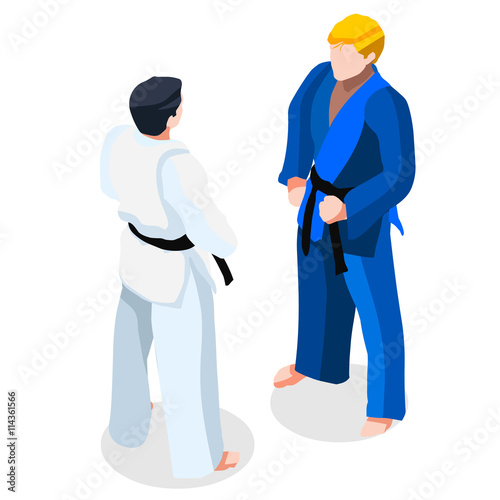The Advancement And Historical Significance Of Martial Arts Across Different Cultures
The Advancement And Historical Significance Of Martial Arts Across Different Cultures
Blog Article
Write-Up Developed By-Hess Matthews
Martial arts have an interesting background that extends centuries and continents. You might locate it fascinating exactly how old practices like Shuai Jiao and Kalaripayattu prepared for modern-day combat techniques. These self-controls not just stress physical abilities yet also reflect the societies that birthed them. As you discover their advancement, consider just how globalization has actually transformed these traditional types into hybrid styles. What simply click the up coming article do you assume have shaped today's martial arts landscape?
Ancient Martial arts: The Structures of Battle
As you delve into the world of old martial arts, you'll discover the abundant structures that formed fight methods throughout societies. Early techniques focused on Self-Defense and survival, often including strikes, grappling, and weaponry.
In old China, for example, techniques like Shuai Jiao highlighted throws and joint locks, while India's Kalaripayattu showcased agility and fluid motion. Japanese samurai developed Kenjutsu, a refined swordsmanship that highlighted discipline and method.
These martial arts offered not just for battle however also as a way of individual advancement, instilling values like regard and determination. The blending of these techniques over time prepared for the varied martial arts you see today, each showing the special viewpoints and requirements of its society.
The Social Impact on Martial Arts Development
While martial arts usually mirror the functional requirements of a culture, they likewise symbolize the cultural worths and ideas of their beginnings. When read full article explore different martial arts, you'll discover how they're influenced by faith, philosophy, and social standards.
For example, the focus on regard and self-control in Japanese martial arts originates from Zen Buddhism and samurai society. In contrast, Brazilian Jiu-Jitsu advertises adaptability and approach, formed by the need for effectiveness in a varied, multicultural atmosphere.
You may locate that the routines, uniforms, and training techniques reflect a community's history and identity. By understanding these social influences, you strengthen your gratitude of martial arts and their role in shaping human experiences around the world.
Modern Adaptations and the Globalization of Martial arts
Martial arts have changed substantially in recent years, adjusting to contemporary society and international influences. You'll notice that standard forms have combined with modern strategies, producing hybrid styles like MMA. These adaptations satisfy diverse target markets, making martial arts available and appealing around the world.
With the increase of social media sites and digital platforms, you can locate tutorials and competitions from all corners of the globe, breaking geographical barriers. This globalization has resulted in a common recognition for numerous disciplines, from Brazilian Jiu-Jitsu to Taekwondo.
As you engage with these arts, you'll realize they're not nearly fight; they advertise fitness, discipline, and psychological wellness.
Inevitably, modern-day adaptations have enriched the martial arts landscape, making it a dynamic and evolving method.
Verdict
In discovering the background and advancement of martial arts, you uncover a remarkable mix of methods, societies, and philosophies. From old techniques like Shuai Jiao and Kalaripayattu to the modern-day adaptability seen in mixed martial arts, martial arts show humankind's quest for Self-Defense and individual growth. As you involve with these methods, you not just obtain skills yet likewise a deeper appreciation for the diverse traditions that shape our globe today. So, continue your journey and welcome the art of fight!
